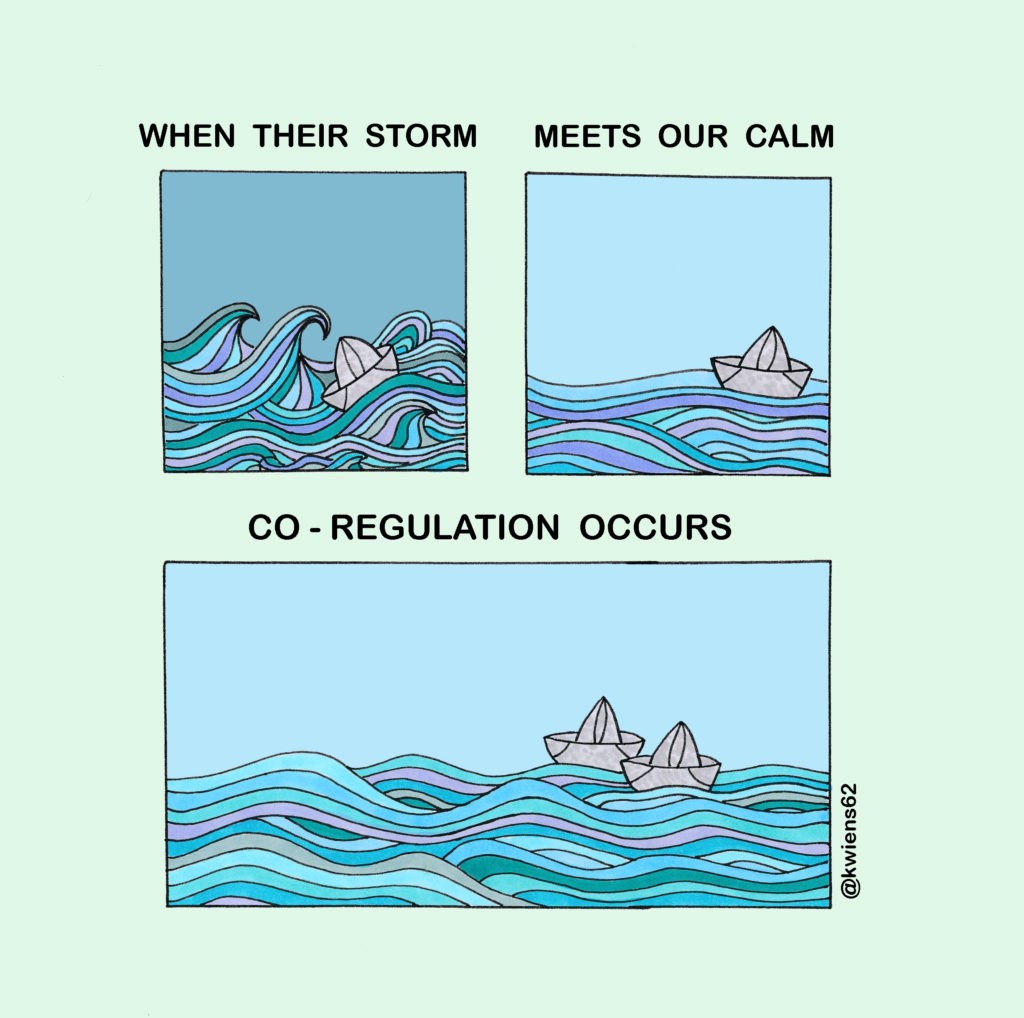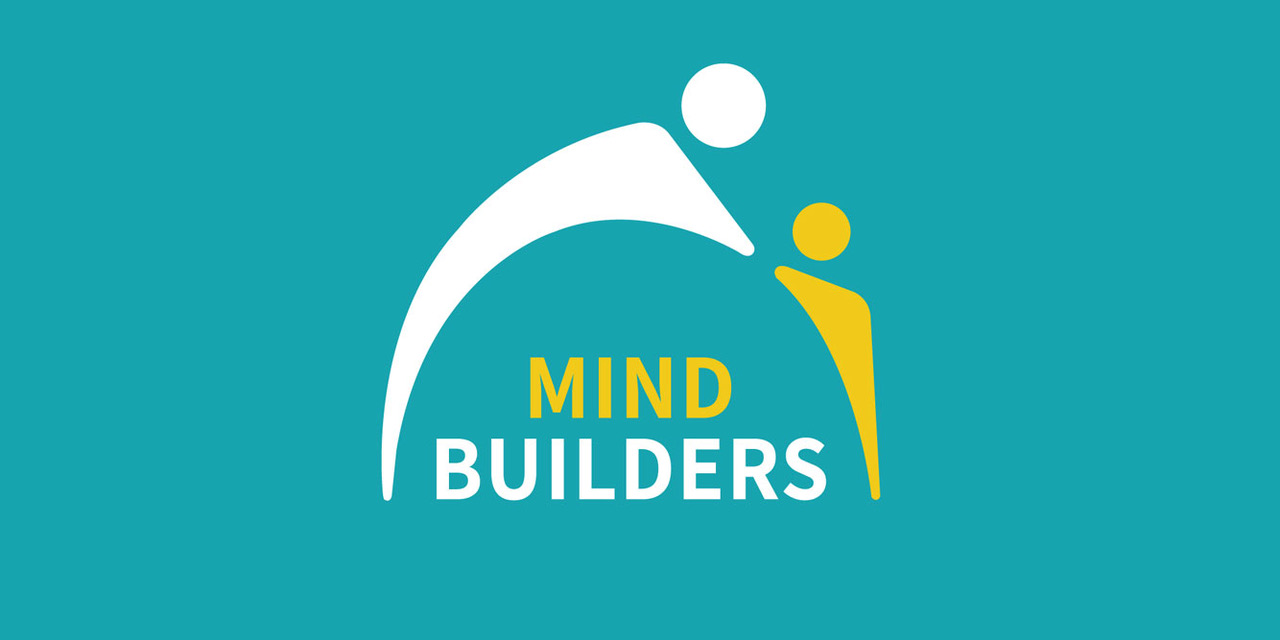
Self-regulation arises from co-regulation
The ability to self-regulate is fundamental to healthy development and the basis for all further learning and cooperative behavior. This involves finding the stressors underlying challenging behavior. Self-regulation develops through the child's repeated experience of co-regulation in relationship with an empathetic adult.
Self-regulation is different from self-control, which requires the child to pull himself together the moment his challenging behaviors occur and suppress or preferably not feel or have his difficult feelings in the first place.
Self-regulation means that the child feels safe to participate calmly and with interest in the world and to respond to relationships. This capacity can ONLY develop through co-regulation with an empathetic other person who is genuinely interested in what is going on emotionally in the child (and in ourselves). This in no way means that we have to do everything the way the child wants or demands.
Co-regulation means that we turn to this child with genuine interest, empathize with him or her and try to understand from within what moves this child, makes him or her upset or freak out. When the child's emotional storm (as well as our own!) meets the calm that comes from an inner attitude characterized by interest, respect and self-reflection, then co-regulation takes place. Then the child no longer feels like a tiny ship all alone on a swaying tide, but can dock with our larger ship and have a pilot on board to guide it safely into port. That sounds so simple. But it usually isn't.
What we as pilots absolutely have to take on board is also perseverance, time and staying power, patience and, above all, an openness to new, hitherto undreamed-of creative possibilities in order to better understand and respond to the difficult feelings and behaviors of all those involved (child AND adult). Only then can they change and develop.
For this purpose the adult must
1. Learn to recognize the signs that the child is stressed.
2. Identify the stressors
3. Reduce the stressors
4. help the child to recognize and distinguish between what it feels like to be balanced and what it feels like to be upset.
5. help the child find strategies to return to a balanced calm state when stressed.

